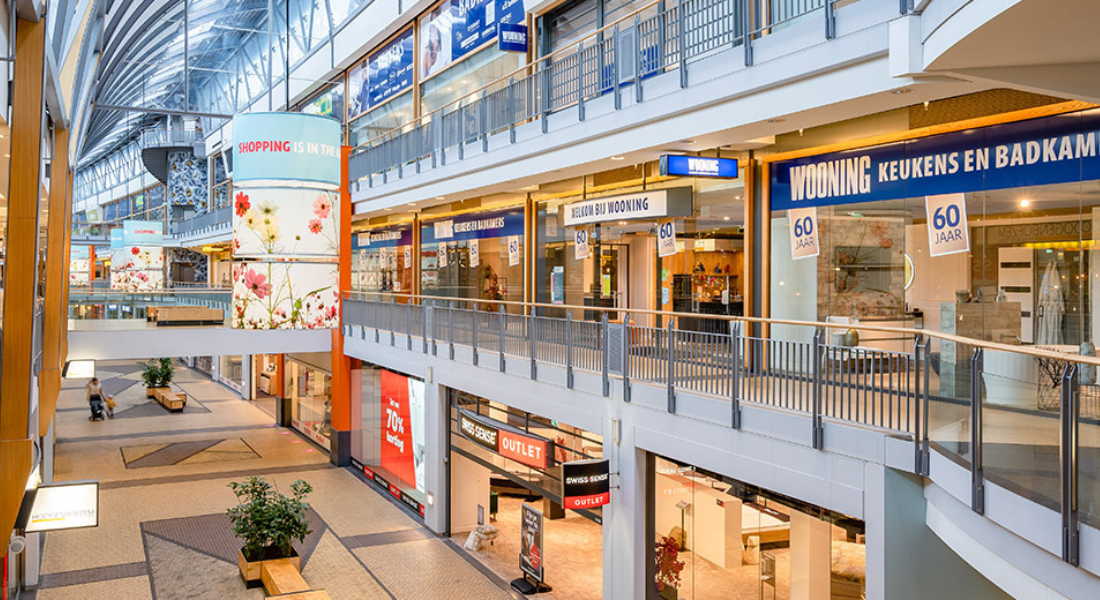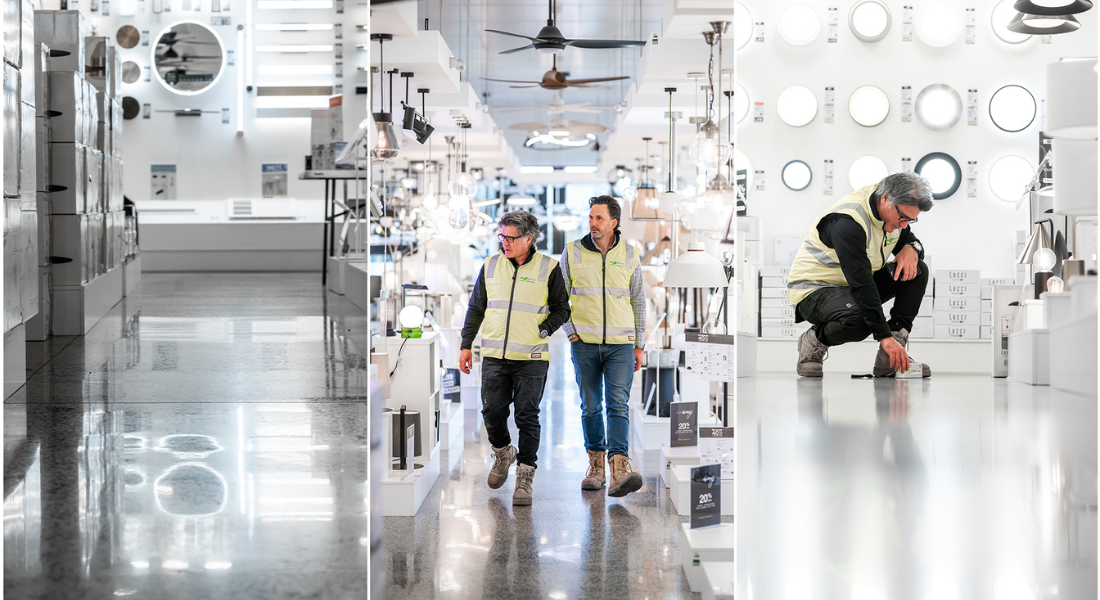The Decline of The Hague Megastores: A Reflection on Retail Challenges in the Netherlands

In recent times, the retail landscape of the Netherlands has faced significant transformations, with the decline of the Hague Megastores, which has been emblematic of broader challenges.
The site, a 100,000 sqm shopping centre with mixed tenants and a vacancy rate of 40%, was projected to be a bustling hub of home retail in the heart of Dutch urban life but has succumbed to a confluence of factors that signal a telling lesson for the retail sector in the Netherlands.
The decline of these megastores was not the result of a singular issue but rather a range of contributing factors that reflect the evolving retail environment.
Key among these were a shift towards online shopping, high operational costs, and an inability to adapt quickly to changing consumer preferences.
The rise of online shopping has significantly altered consumer behaviour, offering convenience, wider selection, and often lower prices.
Brick-and-mortar establishments, like the megastores, struggled to compete with the allure of online giants, which could provide a more extensive range of products without the limitation of physical space.
Running large-scale retail operations in urban locations comes with substantial costs, from rent to utilities and staffing. These financial pressures intensified as foot traffic dwindled, eroding profit margins and making the megastores financially unsustainable.
The rapid pace of retail evolution demands agility and innovation from physical stores.
Management acknowledges that some of these megastores failed to reinvent their business models or experiential offerings in ways that could attract modern and even young consumers, who seek unique and engaging shopping experiences.
Furthermore, the area is central for one of the larger universities in the Netherlands which attracts a particular type of consumer not inclined or typical to that of large-scale homeware precincts.
In 2020, the development was acquired by COD and Amvest from HS-Retail.
The joint venture aimed to incorporate residential dwellings to the site, with the current tenant mix including a combination of living, convenience stores, and food and beverage.
The introduction of residential to the site aims to positively influence foot traffic and dependence on the precinct, which has been somewhat attributed to its failure in lack of consumers and retail tenancy.
With its central location and proximity to the Hague train station, the use of residential dwellings is the next logical step to reinvigorate the precinct.
The decline in tenancy rates has had a domino effect on nearby businesses, from cafes to smaller retail shops, which benefited from the foot traffic that the megastores attracted after its initial opening.
The absence of these anchor tenants has led to reduced customer flow, putting additional pressure on the surrounding retail ecosystem.
The fall of the Megastores serves as a critical case study for the retail industry, emphasising the need for adaptability, innovation, and the integration of digital and physical retail spaces.
The difficulties experienced by the centre are reflective of a transitional period in retail, marked by both challenges and opportunities.
As the industry continues to evolve, the lessons learned from these failures could guide the path toward a more resilient and dynamic retail future in the Netherlands that is congruent with its surrounding demographic.
This article is one of a ten-part series from the LFRA Overseas Study Tour 2023.




